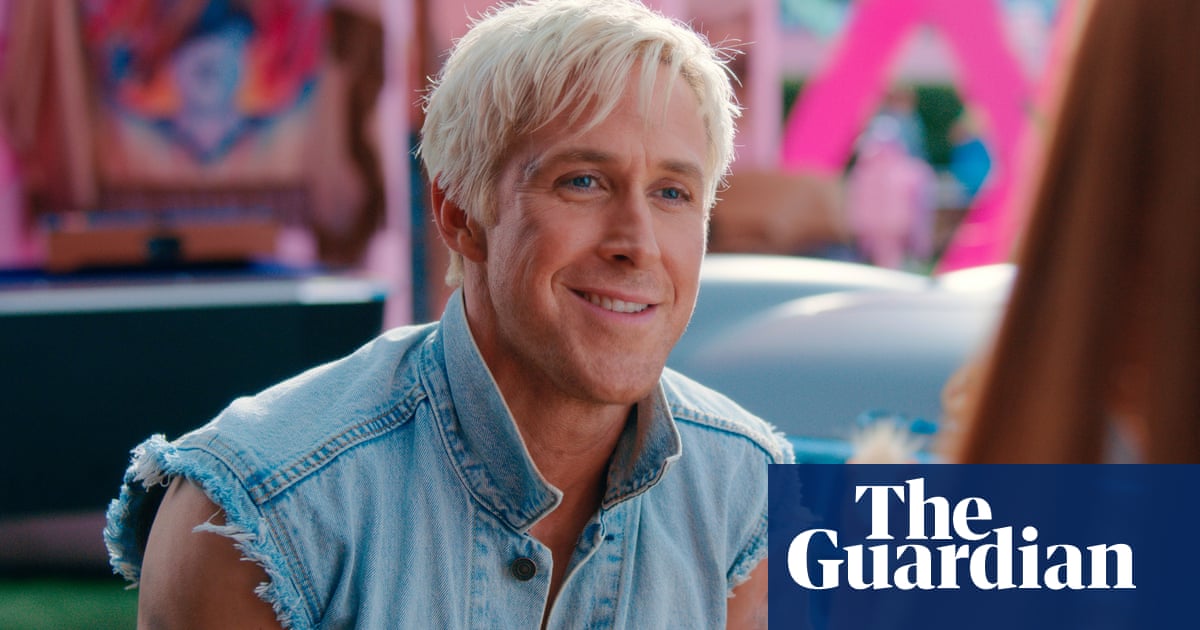
Gay and heterosexual men prefer masculine-presenting men in leadership positions over those deemed more feminine, according to a University of Sydney study, suggesting that gay men themselves are “complicit” in penalising “feminine-presenting members of their own community”.
Ben Gerrard, the study’s lead author, told Guardian Australia: “In society there is a strong association between gayness and femininity and many gay men grow up with an unconscious idea that gayness is bad, so they may consciously or unconsciously suppress feminine traits.”
In the study – published in the journal Sex Roles – researchers asked 256 Australian men (half who are gay, and half who are heterosexual) to select a gay man to represent Sydney in a mock tourism campaign. They were shown videos of six gay, white male actors performing the same short script in two ways: with their body language and voice adjusted to appear more feminine and with their performance delivered in a more traditionally masculine style. Participants were asked to choose the candidate they thought people would most admire and think of as a leader.
Sign up for our rundown of must-reads, pop culture and tips for the weekend, every Saturday morning
The study found that participants, including gay men, were significantly more likely to cast a masculine-presenting actor than a feminine actor. The research suggests that despite being part of the same minority group, gay men may be “complicit” in bias against feminine-presenting gay men from reaching higher-status positions.
It adds to growing research about gay men’s “intraminority” biases against feminine-presenting men, whereas masculine qualities, behaviours and appearances are regarded as more favourable.
Gerrard, who recently played the lead role in American Psycho: The Musical at the Sydney Opera House, was inspired to investigate gay men’s prejudice towards feminine-presenting men after his experiences as an actor. He is concerned that media depictions of gay men are not truly representative of the wider gay community and are increasingly masculine in nature, with gay roles often given to straight men – such as Daniel Craig in Netflix’s Glass Onion: A Knives Out Mystery.
Dr Jamie Hakim is a lecturer in culture and media at King’s College London and researches queer intimacy in digital spaces. He recognises this masculine bias in gay communities, which can be found on apps such as Grindr and Instagram. “There is a persistence in gay culture of eroticising particular forms of masculinity … It can cause lots of anxiety and a sense of failure for those who don’t feel they match a certain image,” he says.
Beyond self-image, masculine bias may have wider implications for gay men in the workplace. The University of Sydney study references the “gay glass ceiling effect” for those who appear more feminine, which may mean they are passed over for more senior positions.
Lisa Annese, the CEO of Diversity Council Australia, says she is “not surprised” by the findings. But she adds: “It’s not just gay men who stand to lose by not acting in traditionally masculine ways. This narrow focus on a single, dominant form of masculinity as a favourable form of leadership is a wider issue.”
She says while gay men may be able to change their behaviours to act in more masculine ways, women are often penalised for acting in a more masculine way.
However, Annese says there is clear evidence to show that traditionally more feminine qualities of compassion, collaboration and empathy are important in organisational leadership.
Research conducted in 2018 by the council found that only 32% of LGBTQ+ Australians were out to everyone they worked with. Those not out were more than twice as likely to report feeling downhearted and less productive at work.
Brodie Tripp, a transgender woman living in Melbourne, has a unique perspective on gender presentation in the workplace. “Prior to transitioning, I lived as a queer man and I saw gay men told to ‘tone it down’ or that they dressed ‘too gay to be taken seriously’ at work,” she says.
Now living as a trans woman, she recognises the penalties placed on women who act assertively in the workplace and as a member of a minority with very little visible representation in the workplace, “everything I do is seen as representing my trans identity too”.
However, Annese says traditional leadership training courses may not be the answer and often perpetuate the idea that masculine forms of leadership are beneficial.
“Many courses focus on encouraging ‘shapeshifting’ into other forms of behaviour. What we need is to create workplaces where we have a range of diverse leadership representations and everyone can be their authentic selves,” she says.
Gerrard agrees: “Only when we demand a diverse range of representations can we truly have acceptance for our community.”












